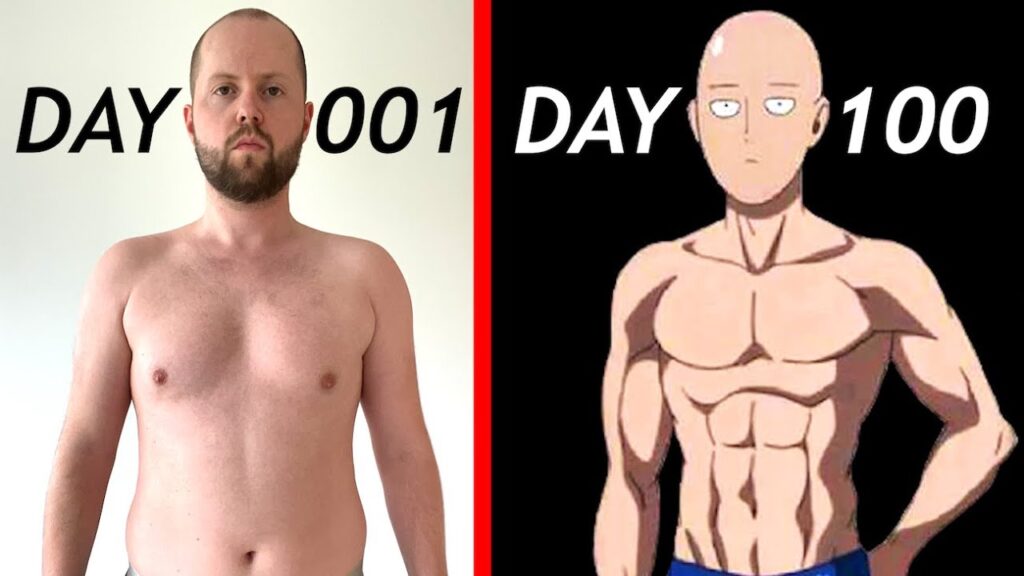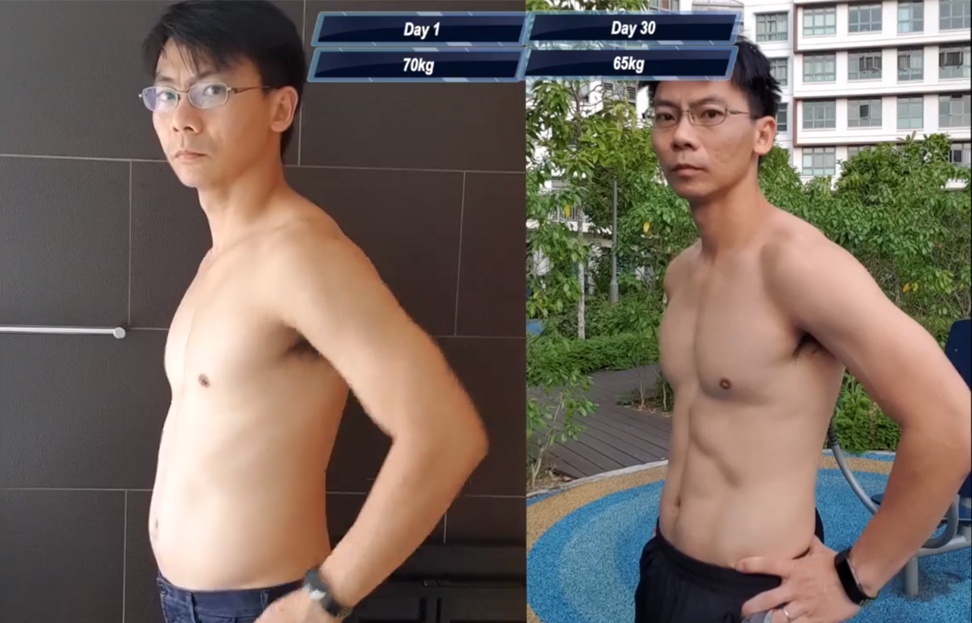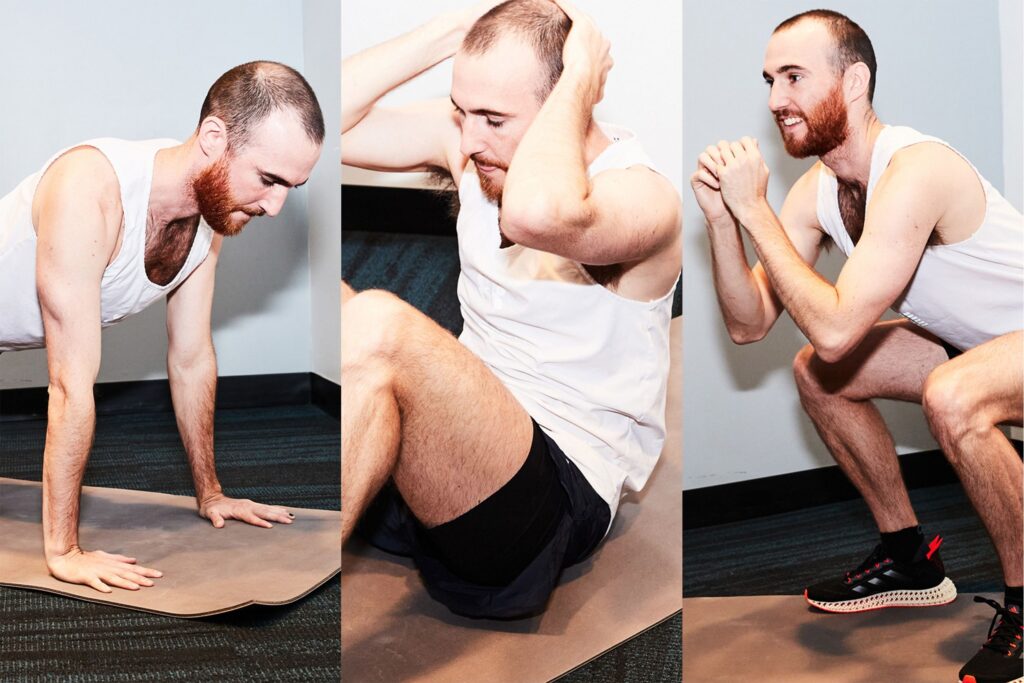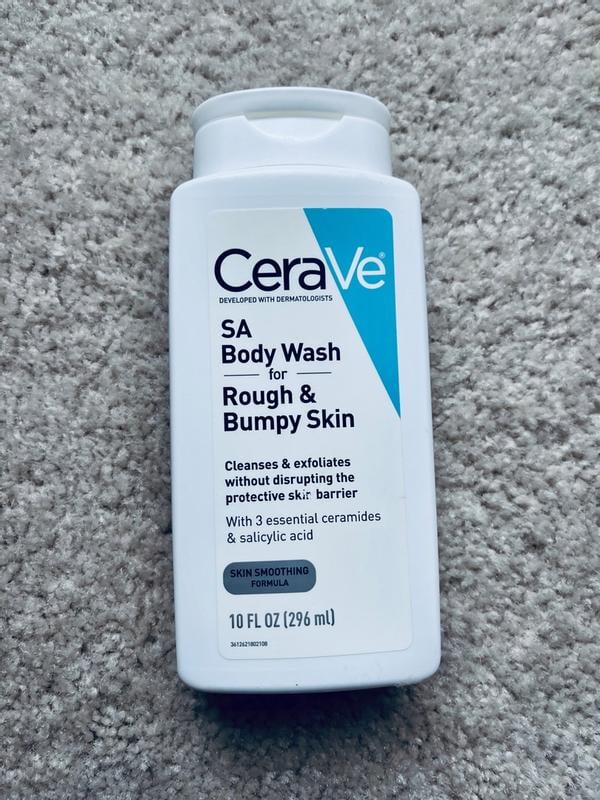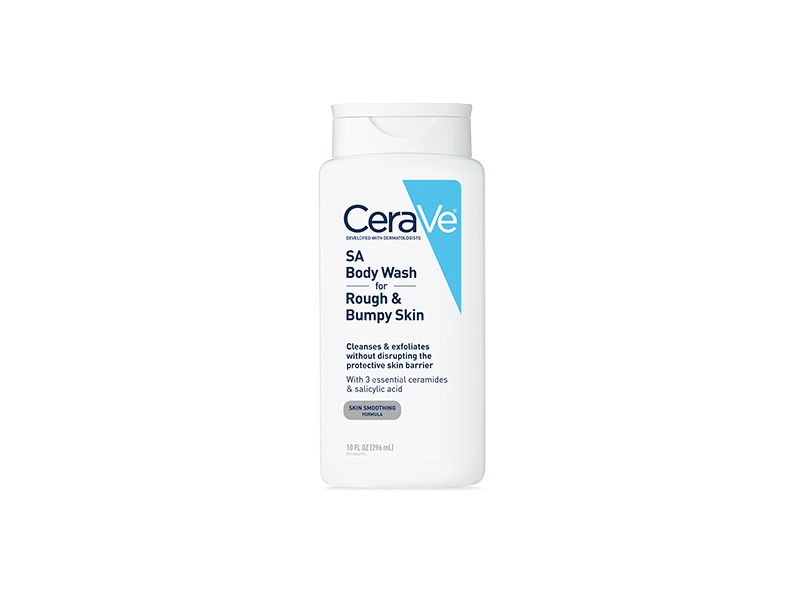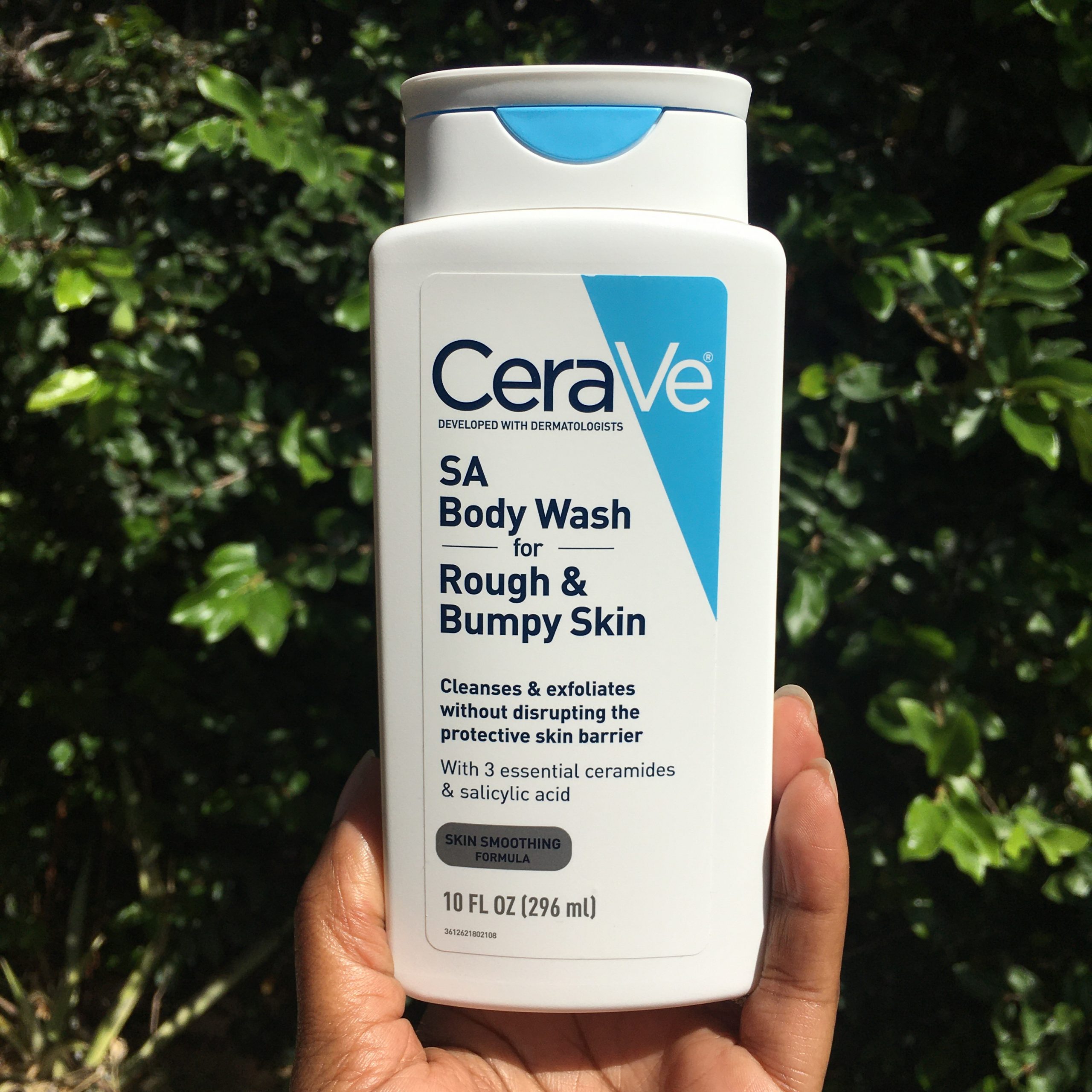One Punch Man Workout: If you’ve ever watched One Punch Man, you know that Saitama—the bald, caped superhero—defeats any enemy with a single punch.
But behind his godlike power lies a workout so simple that it’s become a viral fitness challenge: 100 push-ups, 100 sit-ups, 100 squats, and a 10-kilometer run—every single day.
Sounds extreme? It is. But people around the world have tried it, adapted it, and even built serious strength and endurance through it.
In this guide, we’ll explore the One Punch Man workout, whether it works, how to do it safely, and who it’s best for.
What Is the One Punch Man Workout?
The One Punch Man workout became famous thanks to the anime series where Saitama shares his “secret” training routine:
- 100 Push-ups
- 100 Sit-ups
- 100 Squats
- 10 KM Run (6.2 miles)
- Every. Single. Day.
- No air conditioning or heating allowed.
- Rest days? None.
It’s minimalist. Brutal. And strangely appealing.
Is the One Punch Man Workout Effective?
At its core, this workout builds bodyweight strength, muscular endurance, and cardiovascular fitness.
While you won’t become a literal superhero, consistently performing high-rep bodyweight exercises and daily cardio can lead to impressive fitness results over time.
Here’s what it can help improve:
- Muscular endurance
- Core strength
- Lower body stamina
- Cardio capacity
- Mental toughness
But doing it exactly like Saitama may lead to overtraining and injury, especially for beginners.
Science vs. Fiction: Should You Train Like Saitama?
While the simplicity of the workout is appealing, it overlooks essential fitness principles such as progressive overload, rest and recovery, and balanced training.
- Here’s what fitness experts would recommend:
- Progression: Start with fewer reps and gradually build up.
- Recovery: Muscles need rest to grow and avoid injury.
- Variety: Your body adapts over time, so include new stimuli.
So instead of blindly copying Saitama, let’s adapt the routine to work for you.
One Punch Man Workout: Adapted Version
Here’s a safe and effective adaptation of the One Punch Man workout for beginners to intermediate fitness levels.
Beginner Version:
20 push-ups
20 sit-ups
20 squats
1–2 km run or 10–15 min jog
3–4 days a week
Intermediate Version:
50 push-ups
50 sit-ups
50 squats
5 km run
4–5 days a week
Advanced (Original) Version:
100 push-ups
100 sit-ups
100 squats
10 km run
5–6 days a week (with 1 rest day)
Note: Always warm up before training and cool down after. Stretch to maintain flexibility and prevent injury.
Form Tips for Each Exercise
To get the most out of the One Punch Man workout, your form needs to be on point. Here’s how to perform each movement properly:
Push-ups
Keep your body straight from head to heels.
Lower your chest to just above the floor.
Avoid flaring your elbows too much—keep them at about a 45° angle.
Sit-ups
Lie flat on your back with knees bent.
Engage your core and lift your upper body without jerking.
Avoid pulling your neck or using momentum.
Squats
Stand with feet shoulder-width apart.
Keep your chest up and back straight.
Lower until thighs are parallel to the ground, then return.
Running
Focus on breathing rhythm and posture.
Start with slower runs and gradually increase pace or distance.
Can You Build Muscle With the One Punch Man Workout?
Yes—but with limitations.
This workout is more focused on muscular endurance than hypertrophy (muscle growth). If your goal is to build larger muscles, you’ll eventually need progressive resistance (like dumbbells or resistance bands) and nutritional support (especially adequate protein intake).
But if you’re starting from scratch or returning to fitness, the One Punch Man workout can build a solid foundation.
The Importance of Rest and Recovery
Saitama doesn’t believe in rest days—but your body does.
Without recovery:
Muscles don’t have time to rebuild
You risk burnout and injury
You’ll likely plateau or regress
Recommendation:
Add at least 1–2 rest days per week, or alternate hard and easy days (e.g., run one day, strength the next).
Nutrition Tips to Support the One Punch Man Workout
You’ll need energy to train like a superhero—even if your workouts aren’t animated.
Here’s how to fuel your body:
Pre-workout: Eat carbs (banana, oatmeal) 30–60 mins before
Post-workout: Get protein (chicken, whey, eggs) + carbs to recover
Stay hydrated: Especially important for high-volume training
Supplements (optional): Creatine, protein powder, or a multivitamin can support recovery
Common Mistakes to Avoid
Doing too much too soon: Start at your current level.
Poor form leads to injuries over time.
Skipping recovery: You’re not a cyborg. Rest!
Neglecting nutrition: Your results depend on what you eat.
Real-Life Transformations
Plenty of fitness enthusiasts have taken the One Punch Man challenge and documented their progress:
“After 30 days, I could do 100 push-ups in a row. My cardio improved massively.” – Alex, 29
“The first week destroyed me. But by week 4, I was leaner, stronger, and more disciplined.” – Jaime, 24
“It’s not just about the physical side. This challenge builds mental toughness.” – Ramesh, 33
While you may not develop Saitama’s one-punch strength, you’ll build a stronger version of yourself.
Final Thoughts: Should You Try the One Punch Man Workout?
The One Punch Man workout is a fun and challenging way to test your mental and physical limits. It’s simple, scalable, and requires no equipment—just grit.
But like any fitness plan, it works best when adapted to your level, supported by good nutrition, and balanced with recovery.


